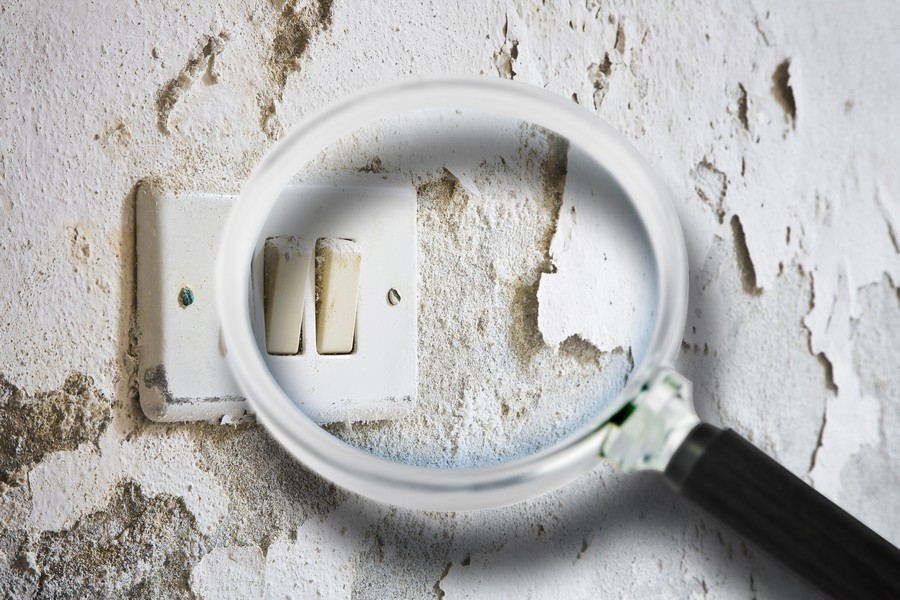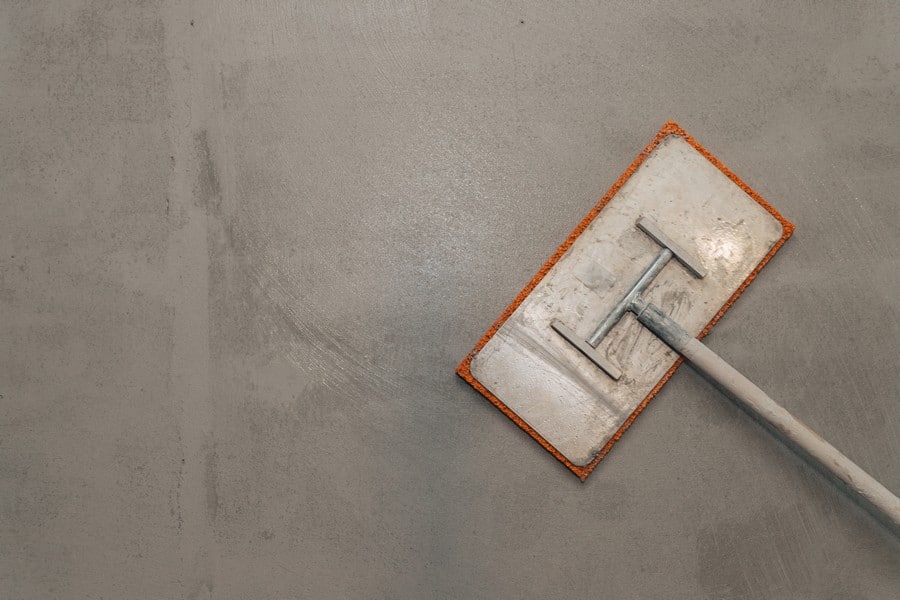Contact Sussex Damp Experts Now to Speak With an Expert.

One of the most prevalent difficulties that property owners confront, especially in older properties, is dampness caused mainly by wet weather. The difficulty is that wetness can come from a variety of places, which can make it difficult to get rid of it. People frequently treat the symptoms of wetness (temporarily) rather than addressing the fundamental cause and seeking a suitable solution. This is partly due to homeowners’ lack of understanding of the differences between rising and penetrating damp, both of which are serious problems.
Excessive moisture in buildings can create a variety of damp problems, including the deterioration of your home’s structural integrity, ornamental rotting, plaster staining, and mould, the latter of which, if left uncontrolled, can cause major health problems. That’s why it’s essential to have an effective damp treatment implemented as soon as possible.
Groundwater rises up through the walls or flooring, causing rising damp. Most walls and floors will let a tiny amount of water in, but the damp-proof course (DPC), or damp-proof membrane (DPM), will usually prevent it from inflicting any long-term harm. However, if those membranes are damaged or not working as expected, moisture rising can be detected on plaster staining or dark mould can appear on walls and be seen from the bottom to approximately 1m high. Don’t hesitate to get in touch with us on 01273 257 765
to treat rising damp at your property.

The most typical indicators of rising damp are damage to the skirting boards or cracking plaster on the walls, and peeling paint or wallpaper. A white powder or even what appears to be a tide mark along the wall, visible up to a height of roughly one metre from the ground, is another indication you might notice. This is formed by water coming up through the walls, dissolving salts from the ground and construction materials, which crystallise to form a powder, mixed with more water to produce the tell-tell tidal mark. Keep a lookout for the following growing damp signs:
Penetrating damp is caused by water leaking through the wall; unlike rising damp, this sort of damp is generated by a horizontal water movement, which may stretch across your walls and ceiling.
Penetrating damp is usually caused by property maintenance issues, such as failing guttering or roofing, or fractures in the walls, which lead them to be soaked in water on a frequent basis until they are saturated. An interior leak, which could spread to pipes under the sink or bath, is another cause of penetrating damp. Even a minor leak might cause considerable damage to your house over time. Please get in touch with us on 01273 257 765 to treat penetrating damp at your property.
Contact Sussex Damp Experts Now to Speak With an Expert.
Because the symptoms of penetrating damp are sometimes confused with those of other types of damp, determining which type of damp you have can be difficult if you don’t know what to look for. Regardless of size or scale, you should be able to recognise the following symptoms as evidence of penetrating damp:
If you have penetrating moisture in your home, the sooner you treat the problem, the less damage it will cause. Call 01273 257 765 or fill out an online form to book a survey with our damp proofing specialists now.


The main difference between rising damp and penetrating damp is their origins. Despite their distinctions, rising damp and penetrating damp are both major damp concerns that are not only unsightly but can also be harmful to your health. As a result, it’s critical to fix rising damp and penetrating damp as soon as possible.
The costs associated with addressing a damp problem depend on many different factors such as the property’s dimension and architecture, the type of damp causes, the materials involved, among others.
Because there’s a comprehensive range of details to consider, don’t hesitate to contact our fully trained team on 01273 257 765 to book a survey and have one of our friendly team members inspect the property and help you fully understand the situation, thus providing you with the most cost-effective quote for treatments and repairs.

It’s really important to identify the damp problem correctly and apply the best treatment, repairs and prevention to achieve the best results. Our team of professionals will accurately analyse and diagnose the severity of your damp problem. Specific damp treatments and the most effective techniques to treat your condition will be recommended, as well as preventive actions to avoid problems in the future.
Our experts are trained to meet and surpass the industry standards. Our surveyors are Certified Surveyors in Remedial Treatment (CSRT), which is why we offer the best level of care and priority to our customers.
Make an appointment for a rising dampness survey, or give us a call, and we’ll put you in touch with a local team. We have several damp surveyors that can and swiftly schedule a visit to your house when most convenient for you.


Max and his team have been at our property all week and I really can’t thank them enough for the fantastic job they’ve done on plastering both our walls and ceilings. They have literally transformed the appearance of our house! Not only has Ma…

From start to finish Max has been incredable. His knowledge lin damp proofing is second to none and his team where very clean and polite. The plastered finish was like glass so happy we choose Max Plastering for job.

Lovely bunch of lads left a very neat and clean job. Problem was solved.

Perfect Finnish and all left clean and tidy and no mess. Used Max previously and would not hesitate to ask him carry out more work.

Max, Harvey and Stuart arrived promptly as arranged. Done a great job on our outside rear wall. Work completed to a high standard, removal of all old material and cleaned up after themselves. I am so pleased with the standard of their work they ar…

They turned up on time and carried out the works in a very professional manor leaving the front of the house clean and tidy. Very impressed would definitely recommend.

I have to say that on every level Max (with Stuart and Harvey) did an extremely professional job! They explained what they were going to do, they were polite and courteous and respected that they were coming into our home. The plastering is of the…

I called max and he managed to come around the same day to do a survey. The next day I received an extremely detailed survey compared to any other damp proofer which made me feel very at ease that he was going to do the right job. Max and team tur…

Contact Sussex Damp Experts Now to Speak With an Expert.